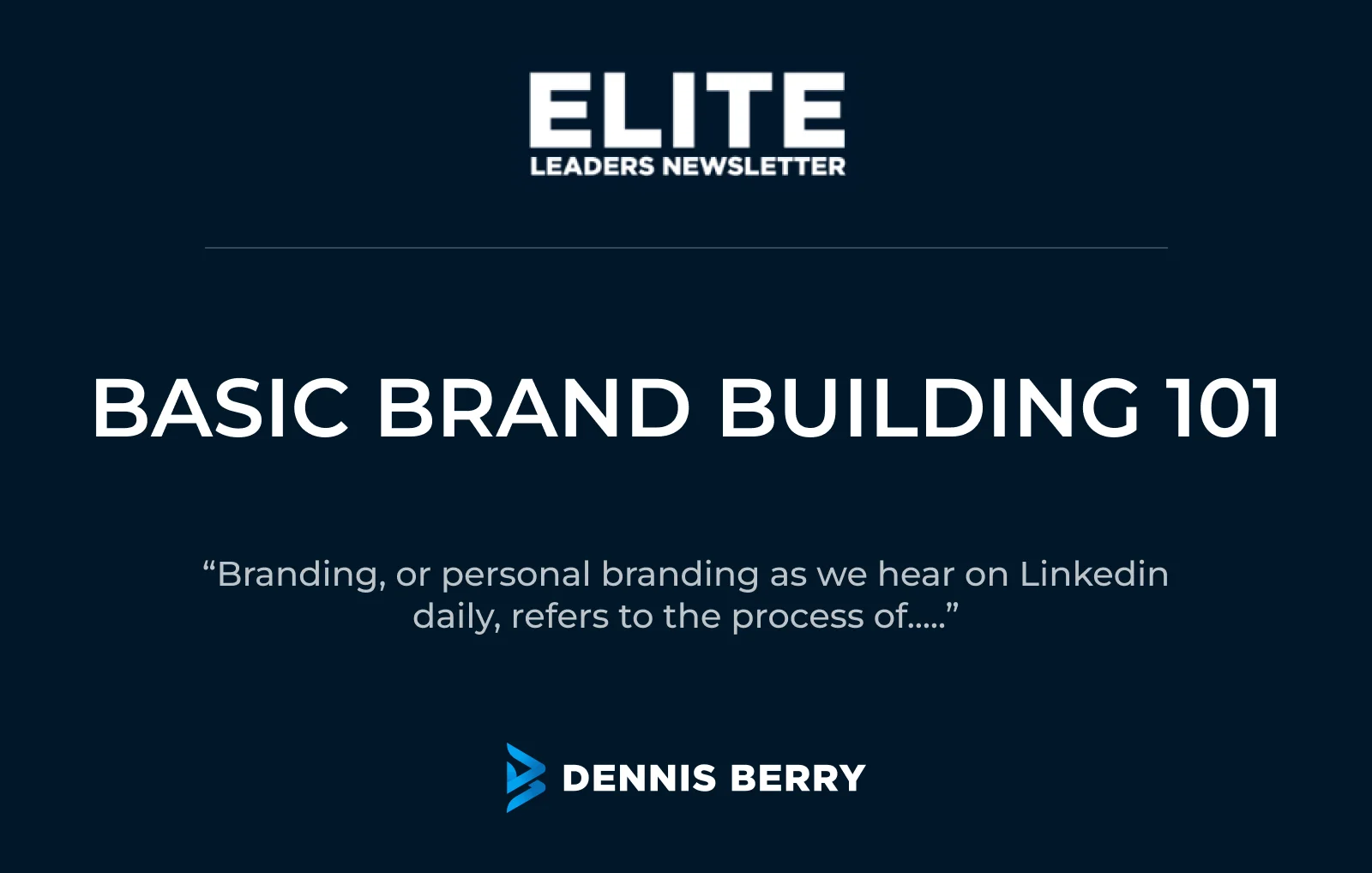What is branding?
Branding, or personal branding as we hear on Linkedin daily, refers to the process of creating a unique and distinctive identity for a product, service, individual or company.
It involves the development and management of a brand’s elements, including its name, logo, design, messaging, and overall image.
Effective branding helps differentiate a product or company from competitors and creates a lasting impression on consumers.
MOST people associate branding with a logo, but that is only the VISUAL part of a brand.
We’re going to discuss all of it here in this short article.

What makes a good brand?
A good brand is characterized by several key elements:
Consistency: A strong brand maintains consistency across all aspects, including visual elements, messaging, and customer experience.
Relevance: A brand should be relevant to its target audience, addressing their needs, preferences, and aspirations.
Authenticity: Authenticity builds trust. A good brand is genuine and reflects the true values and identity of the company.
Memorability: A memorable brand is easily recalled by consumers. This often involves a distinctive logo, tagline, or unique selling proposition.
Differentiation: Successful brands stand out from the competition, offering something unique or presenting familiar elements in a novel way.
Emotional Connection: Brands that evoke emotions and connect with consumers on a personal level tend to be more successful.
Flexibility: A good brand is adaptable to changing market trends and can evolve without losing its core identity.

Why is branding important?
Branding is VITAL for several reasons:
Differentiation: In a crowded marketplace, branding helps a product or company stand out and be recognized.
Trust and Credibility: A strong brand builds trust with consumers, making them more likely to choose a familiar and reputable option.
Customer Loyalty: A positive brand experience fosters customer loyalty, leading to repeat business and word-of-mouth referrals.
Value Perception: Strong branding enhances the perceived value of a product or service, allowing for premium pricing.
Consistency in Communication: Branding provides a consistent platform for communication, ensuring a cohesive and recognizable message.
Our main focus is not only on providing a high quality product or service, but providing that product or service AND brand presence CONSISTENTLY.
I see so many people start multiple different businesses over 10-15 years and they had different logos and different products and services…
And, if you look at them on Linkedin, they have one brand… on Facebook another… on Twitter/X another…
All we are doing is confusing our audience when we do that.
It would be like MacDonald’s having green arches instead of the golden arches (Disclaimer… DON’T EAT AT MACDONALD’S).
OR Coca Cola having orange cans.
We want to behave exactly the same way… be consistent everywhere you have a presence.

The four key components or elements of a good brand are:
Brand Identity: This encompasses the visual aspects that make a brand recognizable, including the logo, colors, typography, and design elements. A strong brand identity creates a distinctive and memorable image.
Brand Personality: Refers to the human-like qualities and characteristics associated with the brand. It helps create a connection with consumers by giving the brand a relatable and consistent personality.
Brand Values: The set of principles and beliefs that guide the brand’s behavior and decision-making. Clearly defined values help establish trust and resonate with consumers who share similar values.
Brand Promise: A commitment made by the brand to its customers, outlining what they can expect from the products or services. A strong brand promise sets expectations and builds trust with the audience.
Branding is a complex process and shouldn’t be taken lightly.
The 7 steps of branding?
While specific branding processes may vary, here are seven general steps that we use at Epic Entrepreneur Media:
Research: Understand your target audience, market, and competition through comprehensive research.
Define Brand Strategy: Establish the purpose, values, and positioning of the brand.
Create Brand Identity: Develop visual elements such as logo, colors, typography, and design that represent the brand.
Develop Brand Messaging: Craft a compelling and consistent message that communicates the brand’s essence.
Implement Branding Across Channels: Apply the brand consistently across various touchpoints, including digital and physical platforms.
Monitor and Adapt: Regularly assess the brand’s performance and make adjustments based on feedback and changing market conditions.
Build and Maintain Relationships: Cultivate a positive relationship with customers through consistent quality, communication, and engagement.
If you’re tired of struggling and ready to finally build a stable profitable brand, business or side hustle… OR if you want to learn how to become a Linkedin influencer, there are a few ways I can help you:


